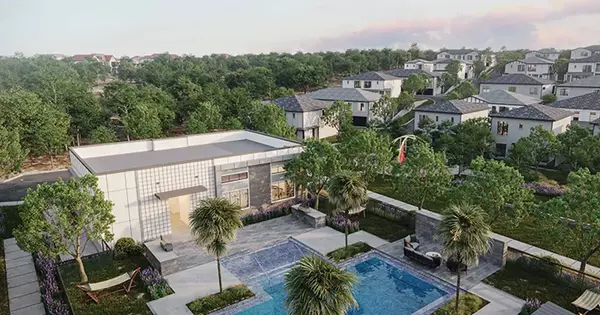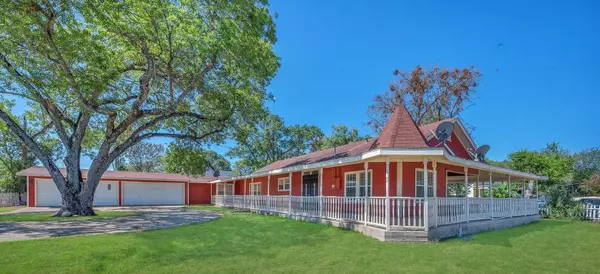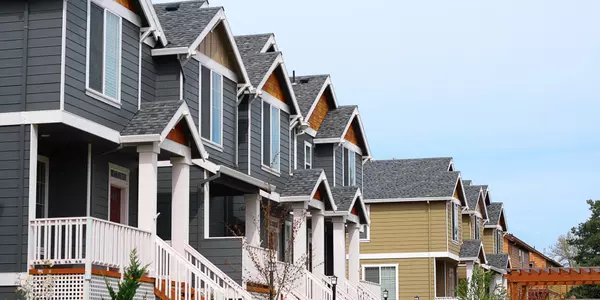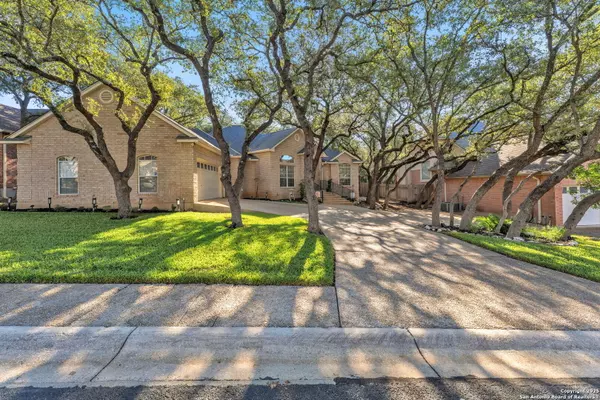San Antonio International Airport is Getting a $2.5 Billion Upgrade
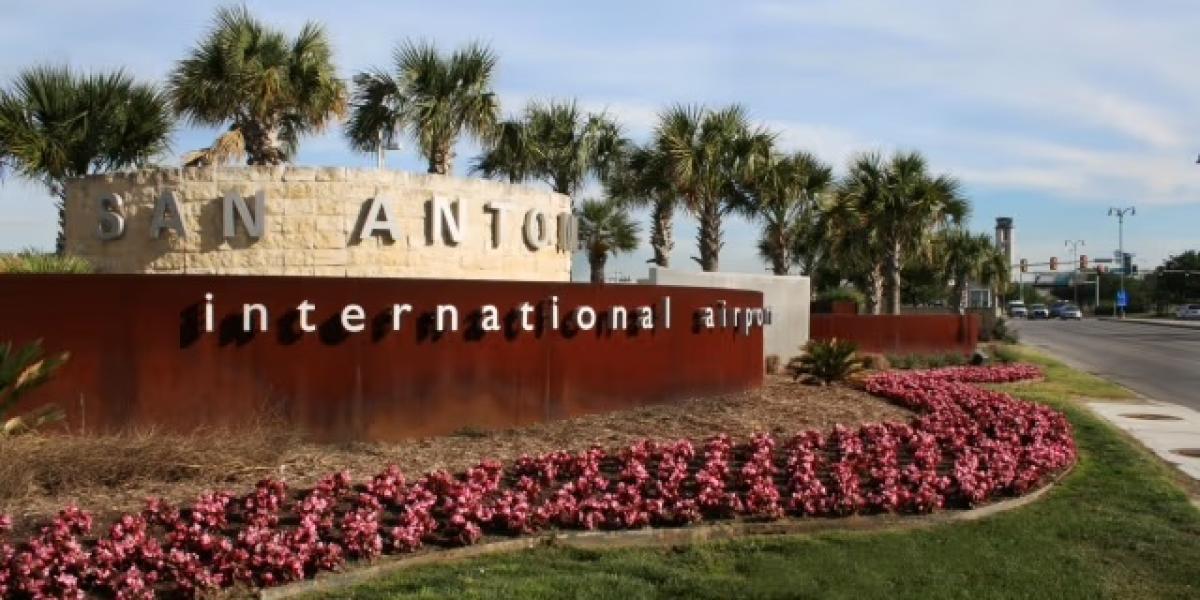
San Antonio is getting ready for takeoff—literally. A $2.5 billion upgrade is coming to San Antonio International Airport (SAT), with plans for a massive new terminal that will transform how the city connects with the world.
Slated to open in 2028, the new 850,000-square-foot terminal will be the largest in the city’s history, adding:
-
17 new gates
-
More international travel capacity
-
And over 16,000 new jobs to the region
But this isn’t just a travel story—it’s a major signal of economic and real estate growth for San Antonio and the surrounding communities.
🛫 What’s Included in the Airport Expansion?
The new terminal project is designed to modernize San Antonio’s global reach while improving the travel experience for millions of passengers each year.
Key highlights:
-
850,000 sq. ft. terminal space
-
17 new gates, capable of handling wide-body international aircraft
-
Expanded customs and international arrival capacity
-
Improved passenger experience, dining, and shopping areas
-
Sustainability-first design with smart technology and energy efficiency
-
Thousands of construction and permanent jobs generated during and after the build
The upgrade aims to position San Antonio as a major travel and business hub—not just regionally, but globally.
🏡 What It Means for Real Estate in San Antonio
Big infrastructure investments like this are game-changers for real estate. Here’s how this airport expansion is expected to impact buyers, sellers, and investors:
📈 1. Increased Demand for Housing Near Airport Corridors
Neighborhoods with easy access to SAT—such as Alamo Heights, Terrell Hills, North Central, and parts of Northeast San Antonio—are likely to see:
-
Rising buyer interest from frequent travelers and airline employees
-
Appreciation in home values tied to increased demand
-
Greater appeal to executives, consultants, and business travelers relocating for work
🏢 2. Job Growth = More Renters & Homebuyers
With an estimated 16,000 jobs being created (including airport staff, retail, hospitality, and logistics), the areas surrounding SAT could see:
-
Increased rental demand
-
Greater need for multi-family and workforce housing
-
Expansion of nearby retail and service businesses
For investors, this means opportunities to acquire or build in fast-growing workforce zones.
🏙️ 3. Boost to the Local Economy = Citywide Growth
As air travel becomes more accessible and international routes expand:
-
Tourism increases, fueling the STR (short-term rental) market
-
Corporate travel increases, supporting business relocations and expansions
-
Events and conventions are more likely to choose San Antonio over competing cities
All of this drives more economic activity, which ultimately supports a stronger, more resilient real estate market.
🌎 Will San Antonio Become a Global Gateway?
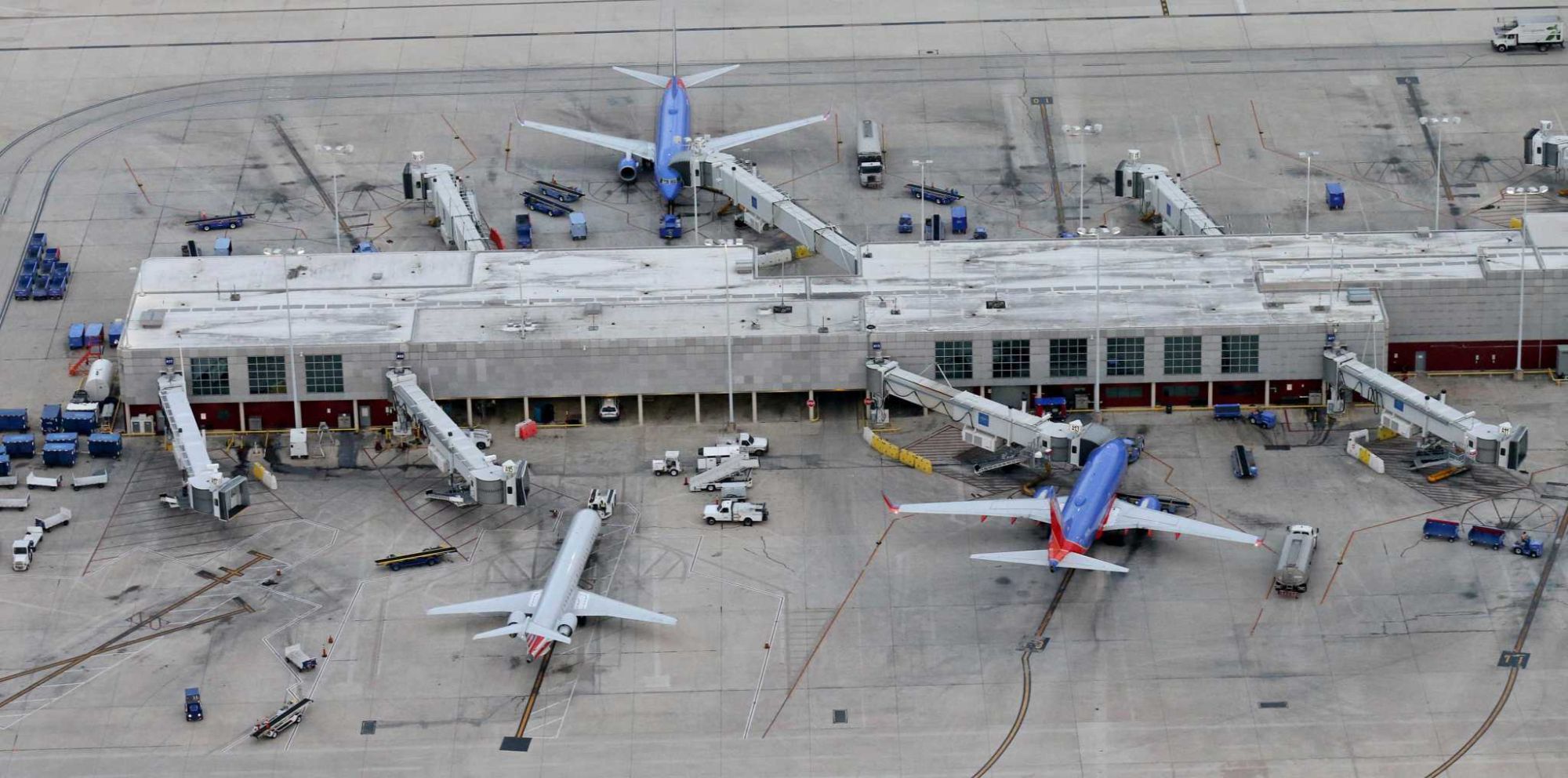
With this expansion, San Antonio is aiming to compete with Austin, Dallas, and Houston as a major travel and logistics center. That means:
-
More direct flights to international destinations
-
More incentive for companies to headquarter or expand here
-
Higher visibility for global investors and developers
For buyers and sellers, this is more than convenience—it's a signal that the city is leveling up.
🧭 Neighborhoods to Watch
Real estate near the airport may heat up. Keep an eye on:
-
North Central (Castle Hills, Shearer Hills, and Oak Park–Northwood)
-
Alamo Heights & Terrell Hills
-
East and Southeast SA for new development opportunities
-
Live Oak, Windcrest, and Universal City for accessible suburban living
🗣️ What Do You Think?
Do you believe this $2.5 billion investment will put San Antonio on the map as a major travel hub?
Would you consider living or investing near an airport if it meant easier access to global destinations and rising property value?
Brought to you by CallTheCavalryGroup.com – San Antonio’s trusted voice in real estate and relocation strategy.
Recent Posts
